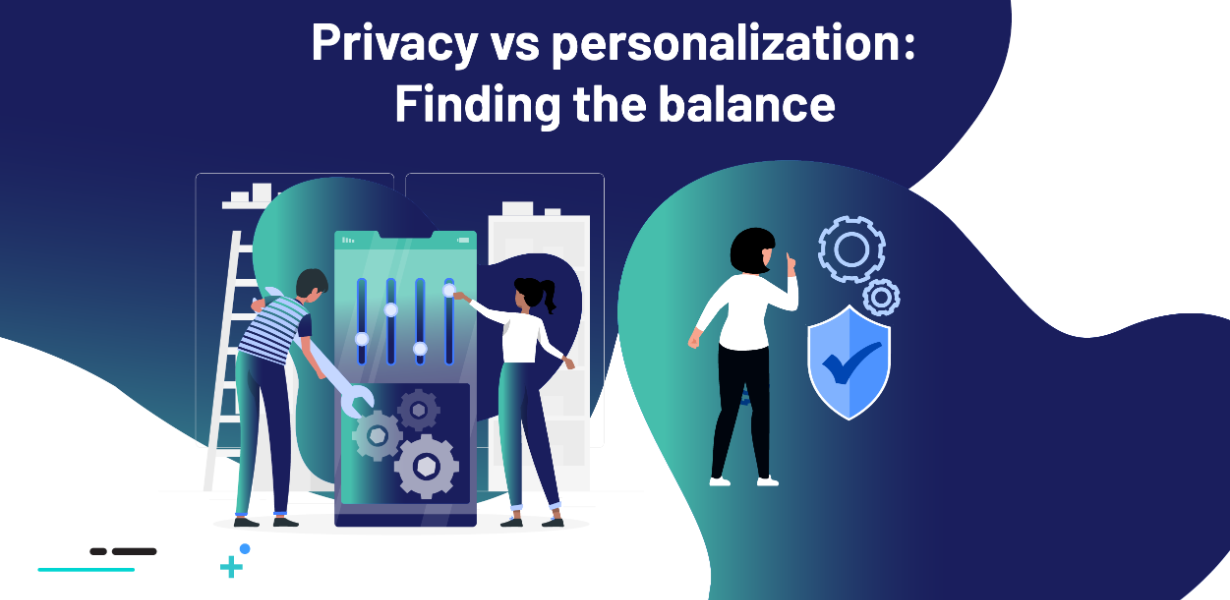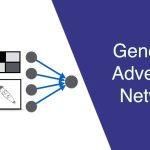
Ethical AI in UX Design: Balancing Personalization and Privacy
- Post
- August 7, 2023
- UI/UX Design, UX Design, Web Design
- 0 Comments
As the digital landscape evolves at an unprecedented pace, the realm of User Experience (UX) design finds itself at a crossroads, with Ethical Artificial Intelligence (AI) emerging as a pivotal junction. In an era where user personalization reigns supreme, the delicate equilibrium between catering to individual needs and safeguarding user privacy becomes paramount. In this comprehensive exploration, we delve into the intricate interplay between Ethical AI and UX design, dissecting the strategies that strike the perfect harmony between personalization and privacy.
The Evolving Landscape of UX Design
In the dynamic world of UX design, innovation is the cornerstone. As the digital canvas expands, so do the expectations of users. Gone are the days when static interfaces sufficed; today, users demand experiences that are not only intuitive but also personalized to their unique preferences. This shift has driven designers to harness the power of AI, breathing life into user interactions through data-driven insights.
Unraveling Ethical Concerns
The surge in AI-powered personalization, however, has ignited a parallel concern – the ethical implications. UX designers are tasked with a responsibility beyond aesthetics; they must navigate the intricate web of data collection, user consent, and algorithmic transparency. As AI algorithms mine mountains of user data, questions about data ownership and potential misuse have come to the fore.
Crafting Personalization with Purpose
Striking the balance between personalization and privacy hinges on meticulous craftsmanship. Designers must adopt a user-centric approach, meticulously tailoring experiences while respecting the sanctity of user data. Leveraging anonymization techniques and robust encryption protocols, the foundation for ethical personalization is laid.
The Human-AI Symbiosis
In the quest for ethical personalization, a harmonious human-AI partnership emerges. AI’s role shifts from an omniscient controller to an empathetic assistant, enhancing user experiences by predicting needs and preferences. Collaborative filtering, a technique that uses historical user behavior to make recommendations, exemplifies this partnership.
Navigating the Ethical Tightrope
The tightrope walk between personalization and privacy necessitates a profound commitment to transparency. UX designers must offer users a transparent glimpse into the data collection process, allowing them to comprehend how their information is utilized. This newfound transparency cultivates trust and empowers users to make informed decisions.
The UX Design Dilemma: Personalization or Privacy?
A pivotal question arises – can personalization and privacy coexist harmoniously, or is it an either-or dilemma? The answer lies in adaptive design. UX designers must craft interfaces that adapt to the user’s evolving comfort zone. This entails providing granular control over data sharing, enabling users to calibrate their personalization preferences.
Ethical AI Implementation: Challenges and Triumphs
Implementing ethical AI in UX design is no walk in the park. Designers grapple with algorithmic biases, the black box phenomenon, and the ever-shifting landscape of user expectations. Triumph, however, comes to those who persevere, armed with a commitment to ethical AI integration that transcends challenges.
Future Glimpse: Balancing Act Perfected
The future of Ethical AI in UX design is a captivating panorama, where personalization and privacy converge seamlessly. Through iterative innovation, a new design paradigm emerges – one that marries user delight with ethical rigor. As designers harness AI to sculpt experiences that reflect user aspirations, the balance is perfected, ushering in an era where personalization respects privacy, and user journeys are ethically enriched.
Final Words
In the intricate tapestry of Ethical AI in UX design, a delicate dance transpires. A symphony of data-driven insights and user-centric ethics intertwine, orchestrating a harmonious experience where personalization thrives without compromising privacy. The future is promising, as designers and AI forge a path where innovation reverberates ethically, leaving a legacy of user-centricity.
Commonly Asked Questions
Q1: Can AI truly understand user preferences and deliver personalized experiences?
AI algorithms, when designed and calibrated effectively, can indeed comprehend user preferences and offer tailored experiences. However, transparency and user consent are key components to ensure ethical personalization.
Q2: How can UX designers mitigate algorithmic biases in AI-powered personalization?
Mitigating biases requires a multi-pronged approach, including diverse data representation, continuous algorithmic monitoring, and bias-detection mechanisms. This commitment ensures that AI-driven personalization remains fair and inclusive.
Q3: What steps can users take to safeguard their privacy while enjoying personalized experiences?
Users can prioritize platforms that provide granular data-sharing controls. Regularly reviewing privacy settings and staying informed about data usage practices empowers users to protect their privacy while engaging with personalized services.
Q4: How does adaptive design contribute to the balance between personalization and privacy?
Adaptive design empowers users to tailor their experiences, striking a balance between personalization and privacy. By allowing users to adjust the level of data sharing and customization, adaptive design respects individual comfort zones.
Q5: What role does user education play in fostering a harmonious UX design environment?
Usereducation plays a pivotal role in promoting responsible data sharing and cultivating trust. UX designers can contribute by creating intuitive interfaces that educate users about data collection processes and encourage informed decisions.




